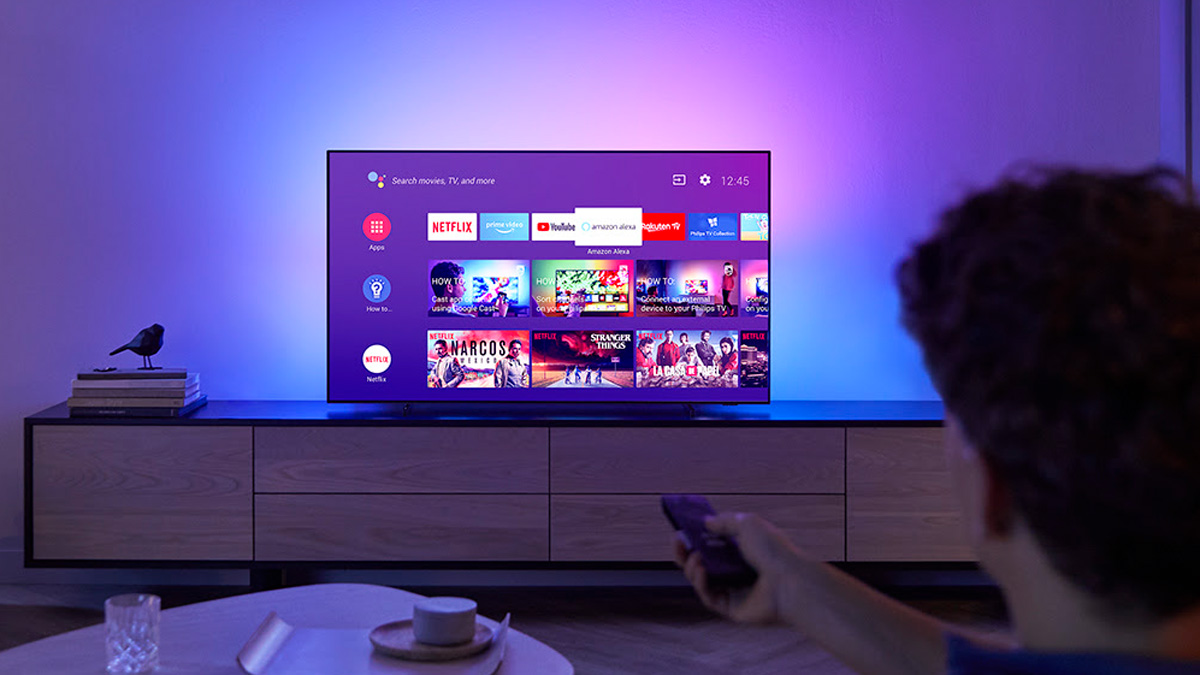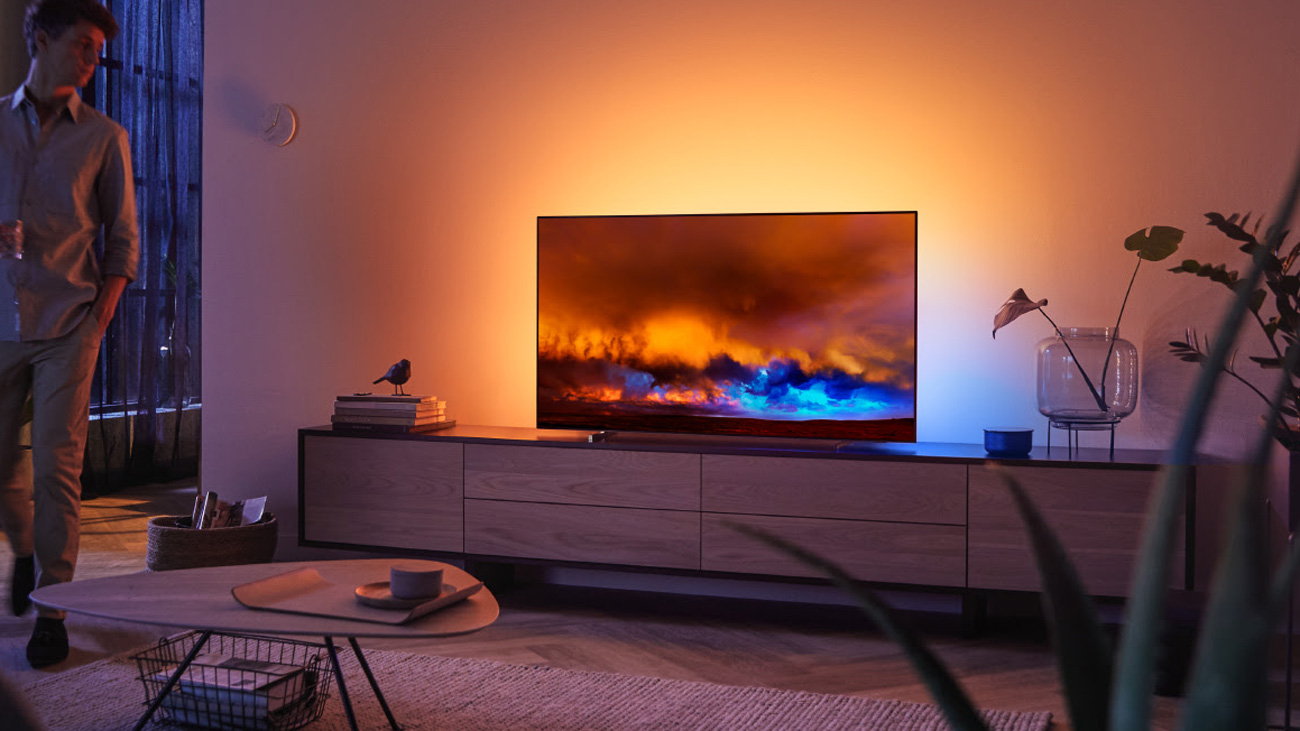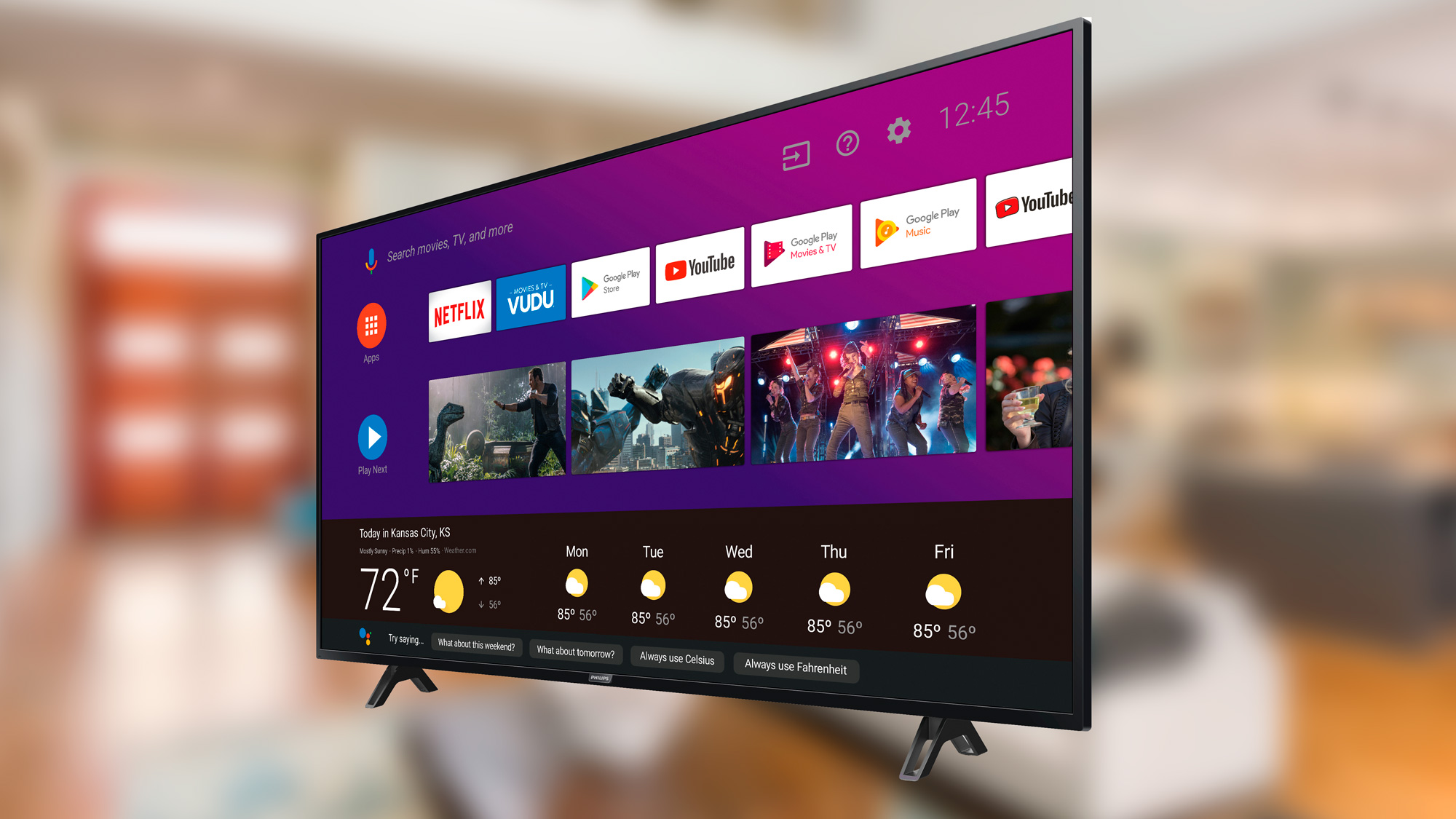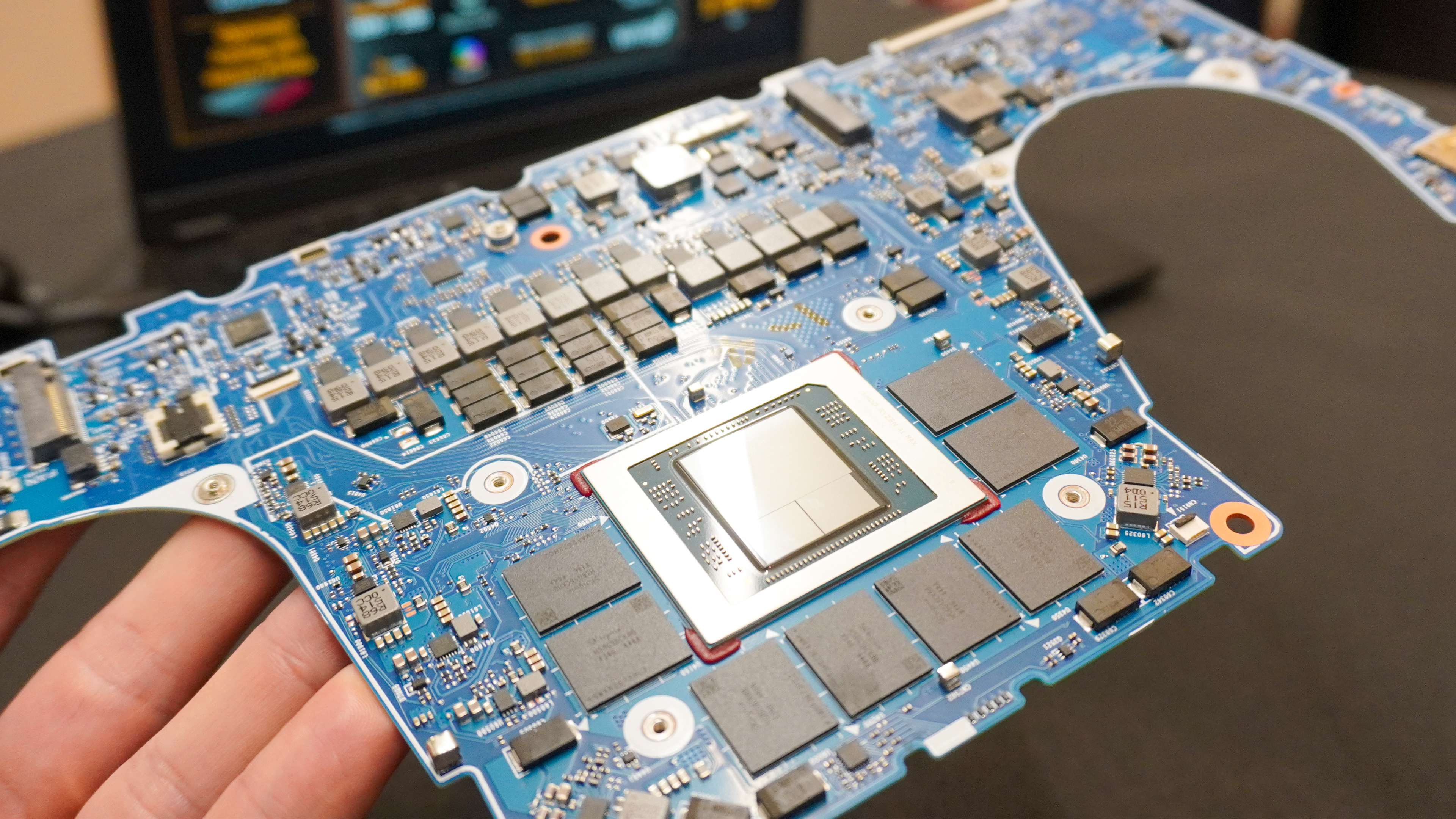Philips 2020 TVs: All the new OLED, Ambilight, Android and Roku sets
From a premium OLED to inexpensive Roku TVs, here's everything Philips is bringing to the U.S. this year.

The Phillips name used to be one of the most recognizable brands in TVs and audio-visual technology, but in recent years Philips TVs have barely been a blip on the radar. At least, that's the case in the United States. Due to region-specific licensing, the Philips brand has been strong in other parts of the globe, while the US market missed out on some really great TVs.
This all looks like it's set to change in 2020 as some of the best Philips TVs come stateside this year. From inexpensive Roku and Android smart TVs to a slick OLED model that's won awards in other parts of the world, the Philips 2020 TV lineup looks like it's set to bring some great TVs to market in the states, and we wouldn't be surprised to see some of these sets make it to our best TVs list.
Philips 804 Series OLED TV with Ambilight

One of the biggest TVs coming to the US in 2020 is actually a model from 2019, the Philips OLED 804. Widely seen as one of the best OLED TVs of last year, the 804 features a gorgeous OLED panel, with rich black levels and great high dynamic range (HDR) capability. In fact, it's one of the few TVs on the market to support both Dolby Vision and the Samsung-backed HDR10+ formats, two dueling standards that are rarely offered on the same sets.
The 804 is also a capable smart TV, featuring the Philips 3rd generation P5 processor, and Android TV smart software. The result is a very capable smart TV, especially in terms of smart home integration. The Android TV plays nicely with the full range of Philips IoT devices, as well as major brands like Ring, Arlo, Nest and others. Google Assistant is built in for voice control, and an integrated Chromecast makes it easy to share content with your TV.
But the biggest trick up the 804s sleeve is on the back of the set, where you will find a built-in Philips Ambilight. This external LED lighting casts a colorful glow on the wall behind and around the TV, colored to match the tones of whatever is on screen, creating a more immersive viewing experience. You can also take this ambient lighting out to the entire room by pairing the TV with Philips Hue light bulbs, which can also be synced to the TV to extend the Ambilight experience.
The Philips 804 OLED will be coming to the US market sometime this year, and will be available in 55 and 65-inch models. If pricing follows the existing European prices, we expect these sets to sell for around $1,700 and $2,400, respectively. These pricing estimates have not been confirmed by Phillips.
More Android TVs coming in the Philips 5-Series

Phillips has other Android TVs lined up for the new year as well, with three Android-based models slated for the coming months.
Get instant access to breaking news, the hottest reviews, great deals and helpful tips.
Launching this spring will be the Philips 5-Series, which includes both compact 1080p sets in the 5505 model line, and larger 4K sets under the 5704 model number. Both sets will have the Android TV smart platform, which includes built-in Google Assistant and Chromecast.
The 5-Series will have a range of sizes, from a compact 32-inch model up to a large 75 inches. Phillips has confirmed a total of 7 size options across the 5505 and 5704 models. Pricing has not yet been announced.
A third model in the Philips 5-Series is the upcoming 5905 Android TV. This 4K smart TV will be available in sizes ranging from 43 to 75 in. But the biggest feature on this new set is a built-in gaming mode, which supports high resolution and HDR gaming through both gaming consoles and Google's Stadia cloud gaming service (see our Google Stadia review for more information on the service). This gaming mode is designed to reduce latency while still presenting optimized picture and a smooth gaming experience.
Pricing and availability of the Philips 5905 Android TV has not yet been announced.
Philips 6-Series: Android TV with hands-free voice control

Another Android TV series is set to arrive in the second half of 2020, the 6-Series, starting with the new 6705 4K smart TV. Ranging in size from 43 to 75 inches, the 6 series also features Android TV, complete with Google Assistant and built in Chromecast.
These 6-Series televisions also feature integrated far-field microphones, providing hands-free voice interaction for controlling functions and searching for content. The dual noise-canceling microphones are built into the bottom bezel of the TV, and are designed to capture voice commands without disruption from TV audio and surrounding sounds.
Additional details and pricing information are expected to be announced closer to the 6-Series launch in the second half of this year.
Philips Roku TVs

In addition to the several Android models coming this year, Philips is also introducing new Roku TV models, available in sizes ranging from 24 to 75 inches, with both 1080p and 4K UHD resolution options.
While we expect some overlap in those sizes and resolutions, Philips has confirmed that the 24-in model will only be offered in full HD, and the 75-in model will similarly be limited to 4K UHD. Additional details about screen sizes have not been announced.
Phillips is touting several features of the Roku platform, however. This includes high dynamic range with HDR10 support, compatibility with Amazon Alexa and Google Assistant devices, and Roku's wide range of channels for free and premium streaming content.
Bottom line
This article is based on available information about Philip's upcoming TVs in the North American market. As new information is announced or confirmed by the company, we will update this story with additional details, so check back regularly to stay up to date on all the latest Philips 2020 TV news.
Brian Westover is currently Lead Analyst, PCs and Hardware at PCMag. Until recently, however, he was Senior Editor at Tom's Guide, where he led the site's TV coverage for several years, reviewing scores of sets and writing about everything from 8K to HDR to HDMI 2.1. He also put his computing knowledge to good use by reviewing many PCs and Mac devices, and also led our router and home networking coverage. Prior to joining Tom's Guide, he wrote for TopTenReviews and PCMag.

